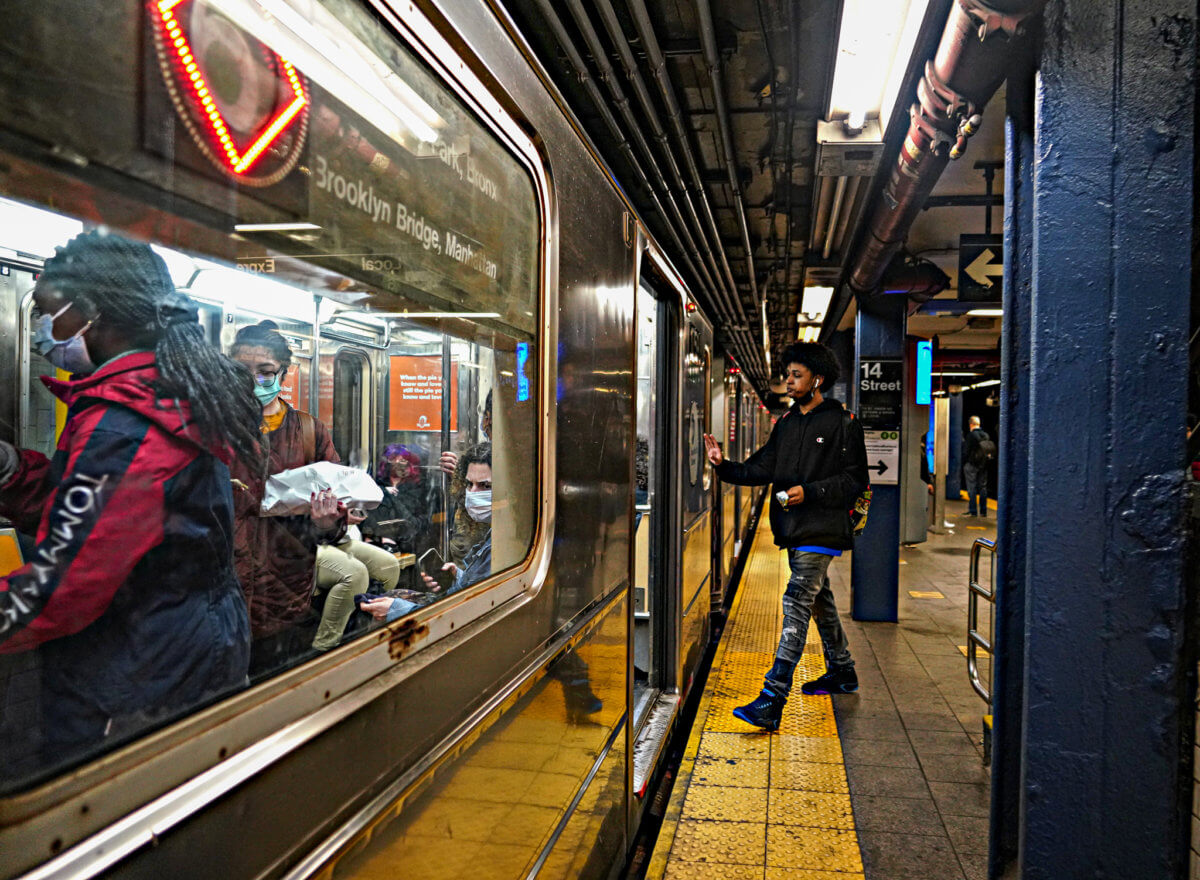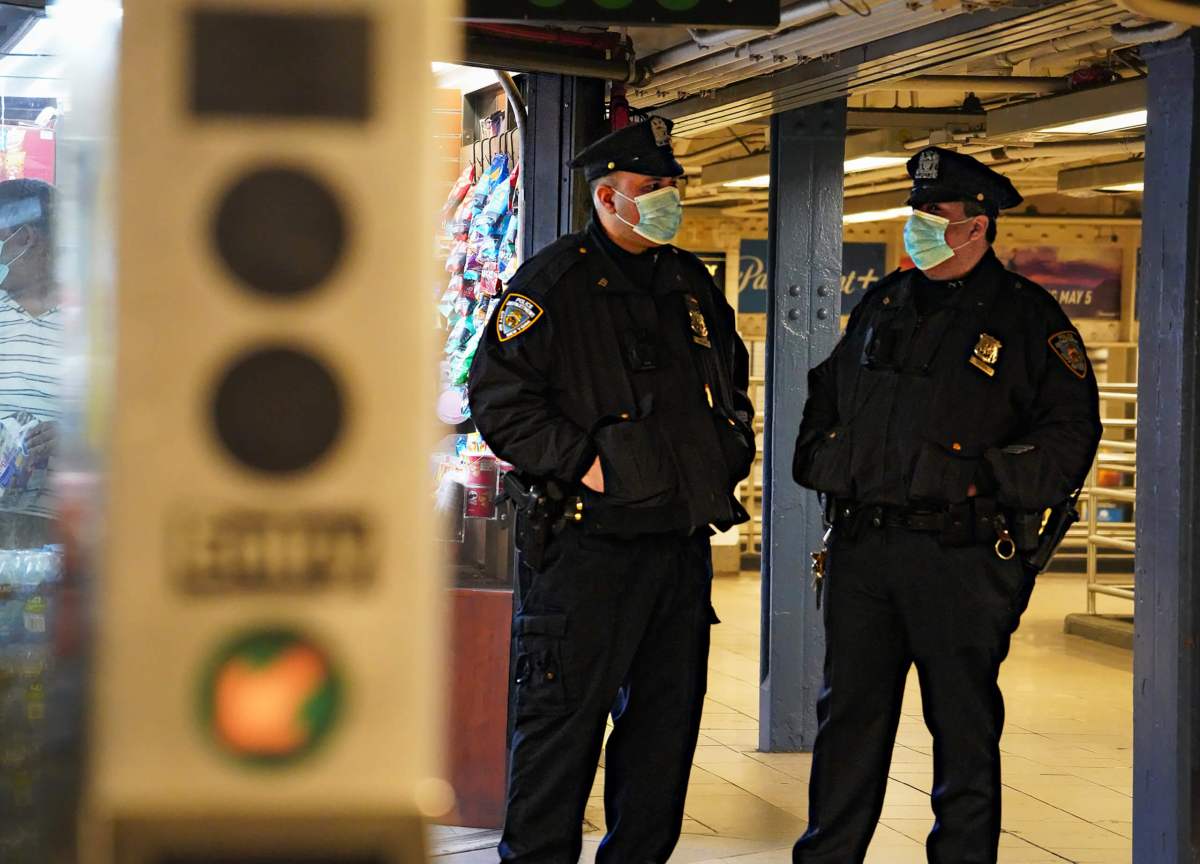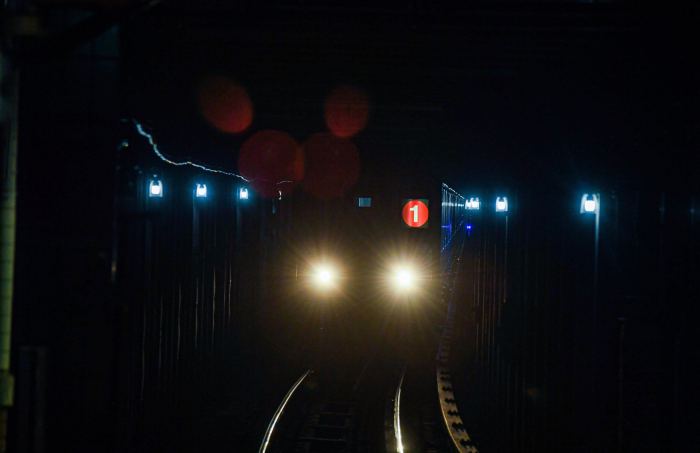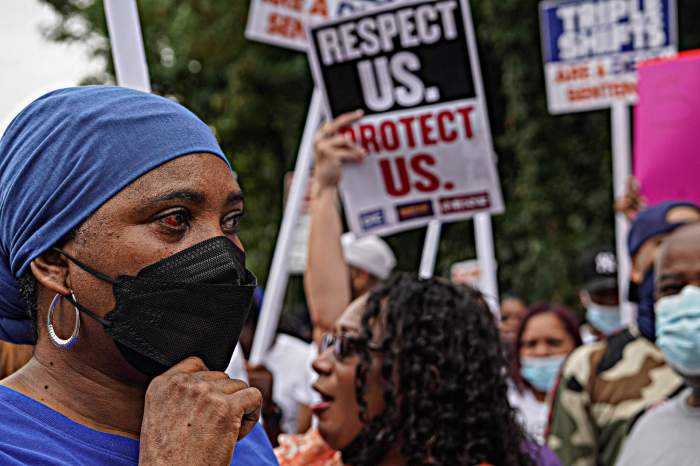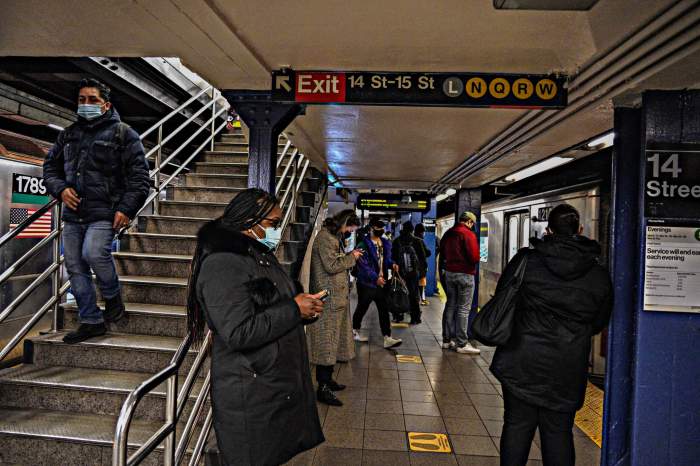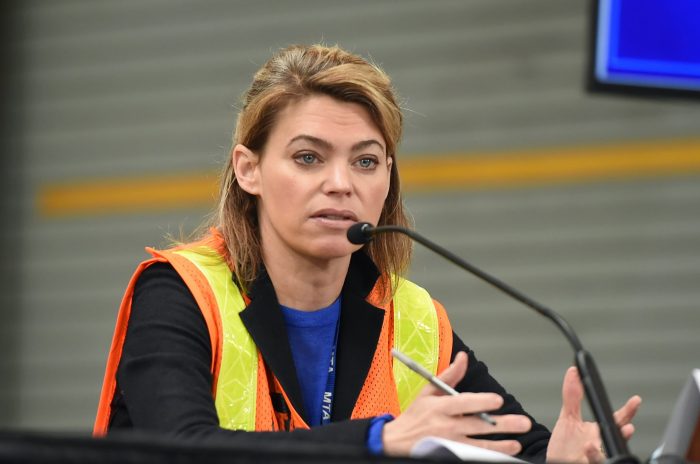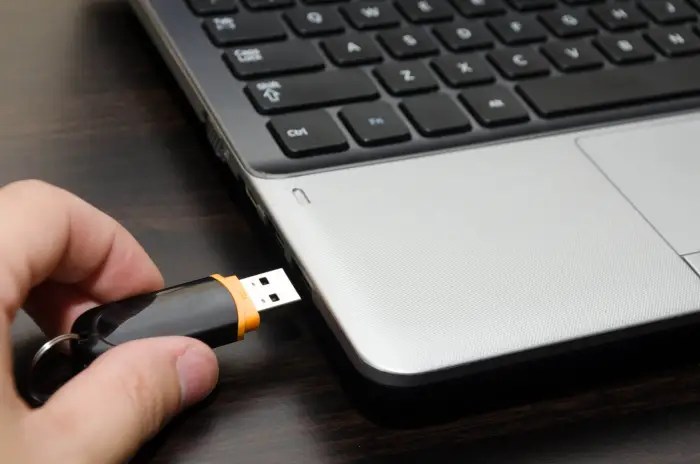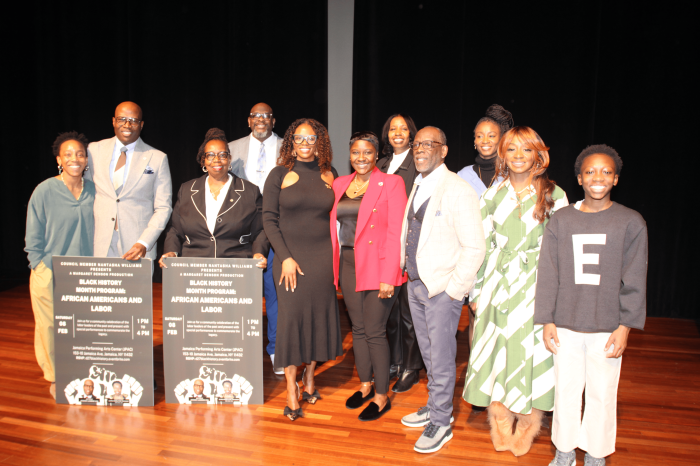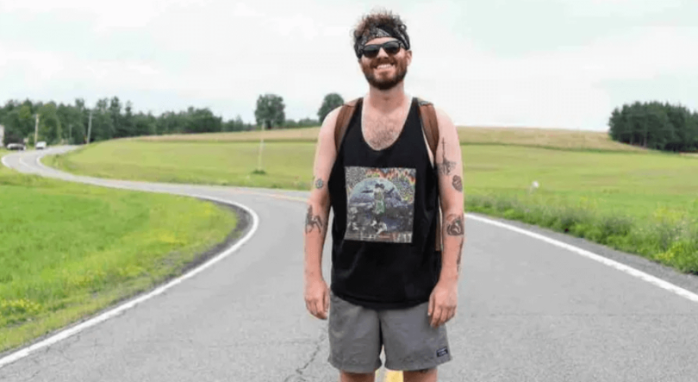Two weeks after the mass shooting inside of a Brooklyn subway stop and a day after a man was gunned at a Queens train station, safety is on the lips and minds of New Yorkers as they enter the hustle and bustle of the transit system.
For many traversing underground to board a train, the instant before rolling through the turnstile has become a tense moment. Still, the subway system is the only (and most affordable) way some commuters can make it to work.
Jose Leida never has second thoughts when it comes to taking the subway since he says he needs to pay his bills, yet he stresses that doesn’t mean he feels safe using mass transit.
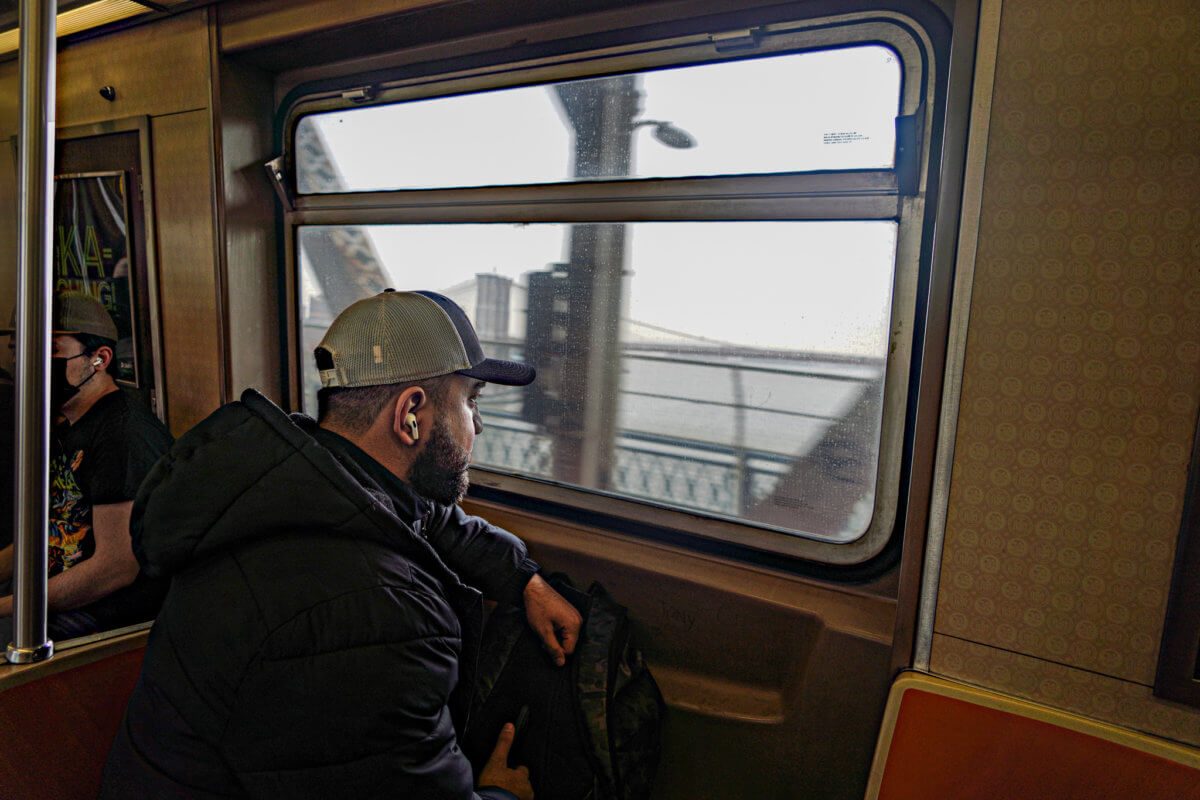
“Because I have bills, rent, and I’m trying to keep my job, so I have to take it,” Leida admitted his dependence on the MTA. “It’s everyday things that I see that make me feel unsafe, even on the bus, it’s violence, people yelling at each other, the usual stuff but it’s much more extreme with the shootings, stabbings, and people rubbing feces on people’s faces, stuff like that.”
Leida no longer wears his headphones or uses his phone when on the train. Instead, he remains alert and watches those around him.
“It’s not like I’m scared but being aware is being alive,” he added.
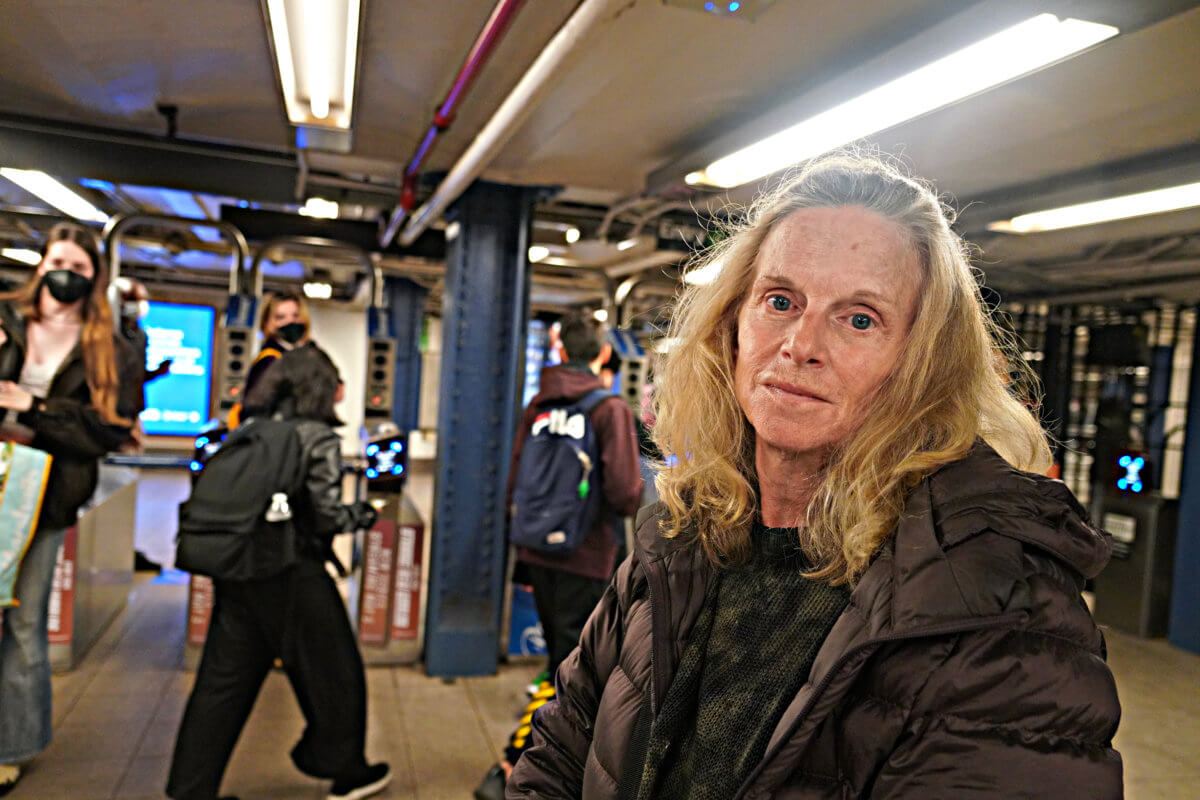
Phyllis Van Slyck is a college professor who told amNewYork Metro that she feels safe when riding the subway, but she admits to keeping a watchful eye on her surroundings.
“I feel pretty safe, but I’m careful. I stay away from the tracks,” Van Slyck said. “I’m careful, I don’t travel late at night. It’s bad at night, I came home from Lincoln Center one night, and said ‘I’m never doing this again.’ There were a lot of people in the station just hanging out.”
Van Slyck also believes that cracking down on fare evasion should not be the MTA or NYPD’s priority when addressing violence in the subway. On Tuesday, MTA Chair and CEO Janno Lieber announced the formation of a blue ribbon panel to examine how best to prevent fare evasion.
“I don’t think that should be the priority. I think we should just be more careful about caring for homeless people and making sure people are getting the right treatment that they need,” Van Slyck said, adding that for her she would like more mask enforcement in the subway.
Fellow rider Cecil also says she is fine with taking the train, especially during the late morning and early afternoon hours when it’s less crowded on the platform.
“I just make sure I go into cars that have people on it, and usually where the conductor is,” Cecil said, sharing that this has always been a conscious effort she has practiced.
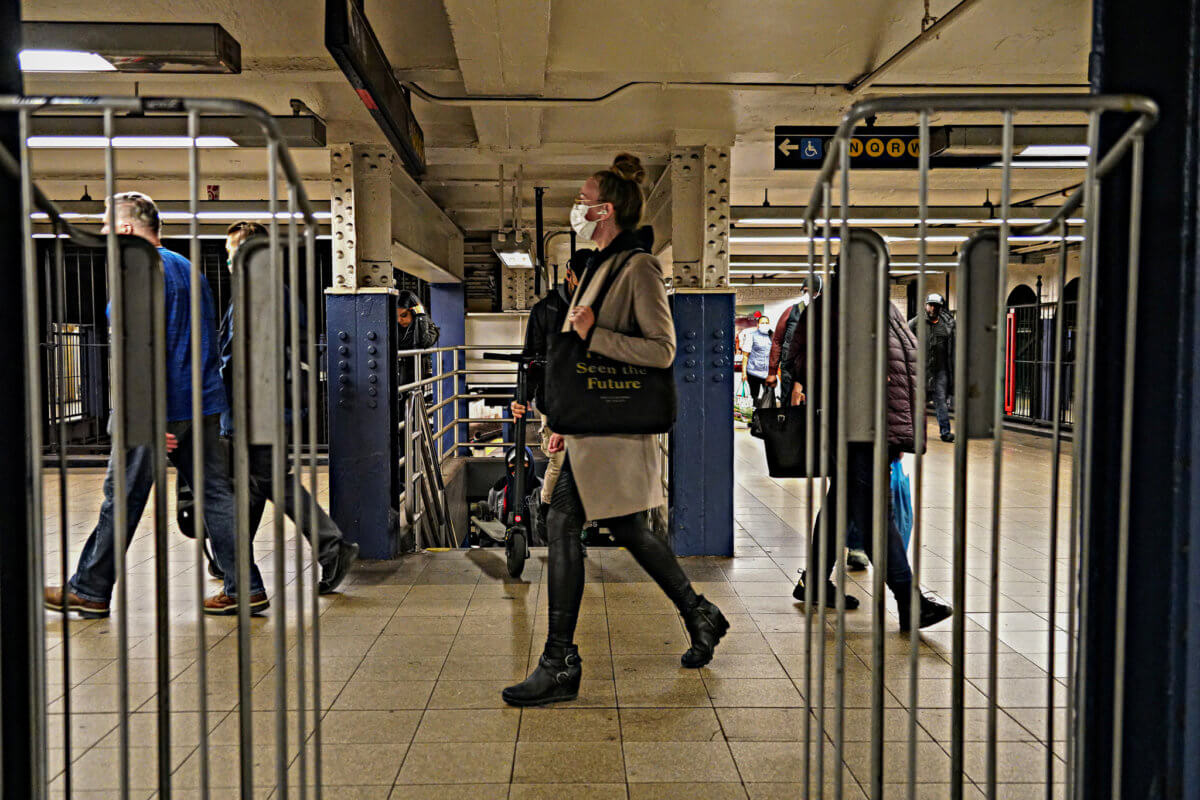
There is a reason why so many call the subway system the lifeblood of New York City because travelers like Cecil say they have little other options to move from borough to borough. She believes the police presence especially by the turnstile to halt fare evaders does not provide a modicum of comfort as she makes her way throughout the city.
“I think that’s a waste of resources and a bunch of police standing right over there with each other, and I have to tell you, it doesn’t make me feel any safer. They are on their phones. They’re not integrating themselves with the passengers. They’re up here not down there. They are all hanging out. Their presence is not making me feel safe and I think that’s a huge waste of money,” Cecil said.
Melvin Burgos disagrees, however. He thinks having police presence in the subway system deters individuals from behaving unscrupulously, particularly abusing drugs and other substances on platforms and subway cars, and overall provides a sense of comfort for him when he travels.
“It makes me feel safe,” Burgos asserted, “They should also have undercover cops to catch them [criminals].”
